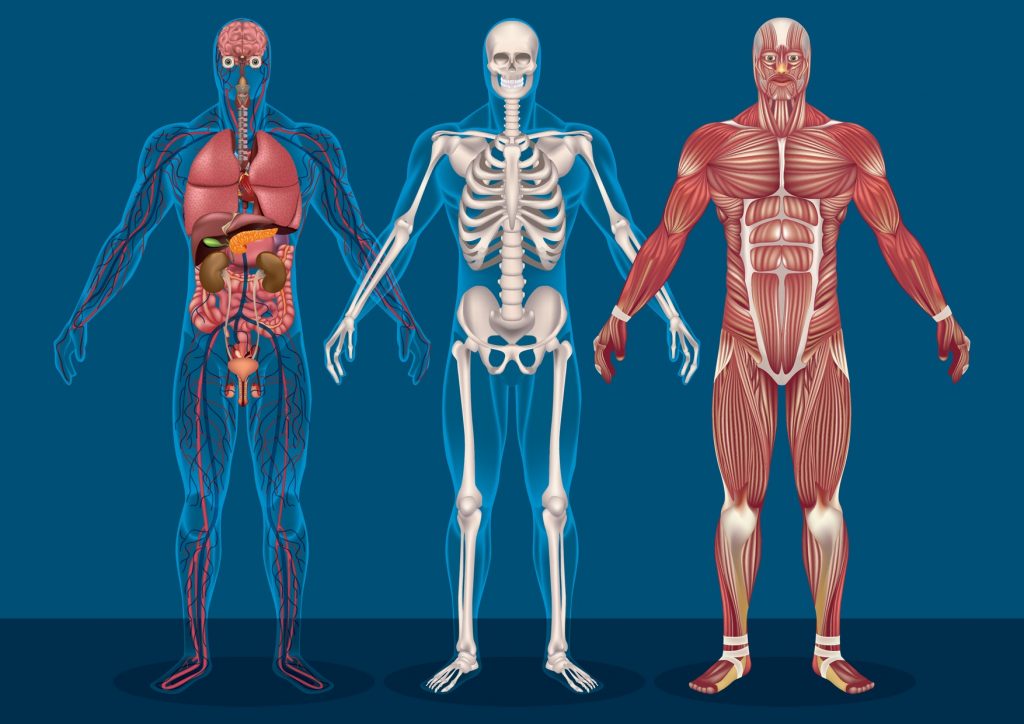While much is known in the way tibial plateau fractures and how they are managed, little is known about bony contusions or “bone bruises” and their course of healing.
Tibial plateau fractures are usually the result of car vs. pedestrian accidents, or in the elderly with low bone density. Depending on the type of force (hitting from the front or the side) determines the type of tibial plateau fracture, as well as the prognosis.
A skilled therapist is often able to recognise a tibial plateau fracture based on the presenting signs and symptoms of: knee pain, swelling, joint line tenderness, reduced range of motion, giving way, and pain with walking, however they are more often diagnosed through the use of x-ray imaging.
The difficulty exists when enough damage has been done, but not to the point where a fracture has occurred. This results in something called a bone bruise or contusion.
In a very similar way to which we get a bruise on our skin, a bone bruise results in areas of localised tenderness and bleeding after an injury with no evidence of fracturing on an x-ray. Bony bruises are typically diagnosed through MRI imaging and represent micro-fracturing on the inside of the bone.
Typically, bone bruises are seen in conjunction with other injuries such as ACL/PCL injuries, meniscal tears and collateral ligament tears. The difficulty existing with bony bruises is, it becomes difficult to attribute whether the pain is a result of the bony bruise itself, or as a result of the concurrent injuries that occur, thus making it difficult to identify a prognosis or set healing times.
Physiotherapy can assist with either of these injuries as we can identify a problem, or refer for imaging when needed, but also we can assist with soft tissue release, pain and swelling control.


